Are there real people behind the email addresses on your list? Of course there are.
Do you think about the individuals on your list? It is hard to do that when you are working with large numbers.
Would segmenting your list help to drive conversions? Of course it would.
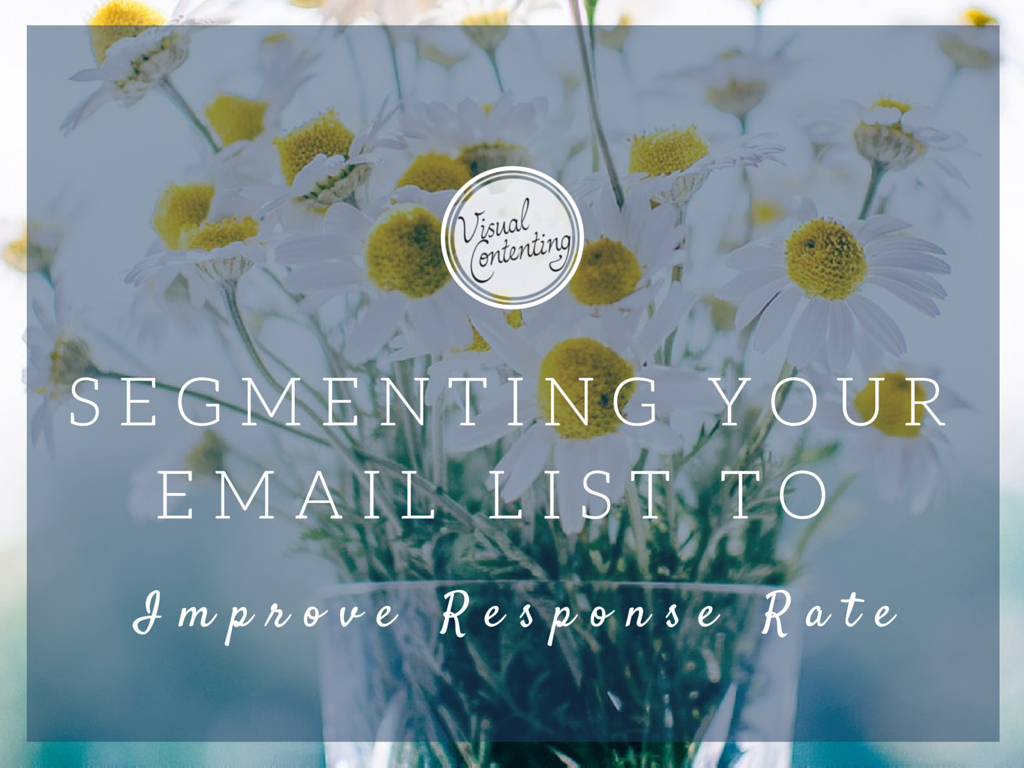
There is an increasing trend towards companies segmenting their lists. It does require more time and effort, but the results still make it worthwhile. Segmenting doesn’t allow you to get down to individual likes and dislikes, but you can target emails to groups that are more likely to respond positively.
Why Segment Your List
You could blast out every email to everyone on your list. That way everyone would get every email. They would also delete them all unopened and your reputation would suffer. People need to see some benefit in opening an email. If you are sending emails about the best feminine hygiene products to men then the products are obviously inappropriate and men may unsubscribe or be more likely to delete future emails.
If you send UK-only offers to subscribers in France or Mexico then those people are going to be seriously annoyed with you.
Men and women even have different color preferences.
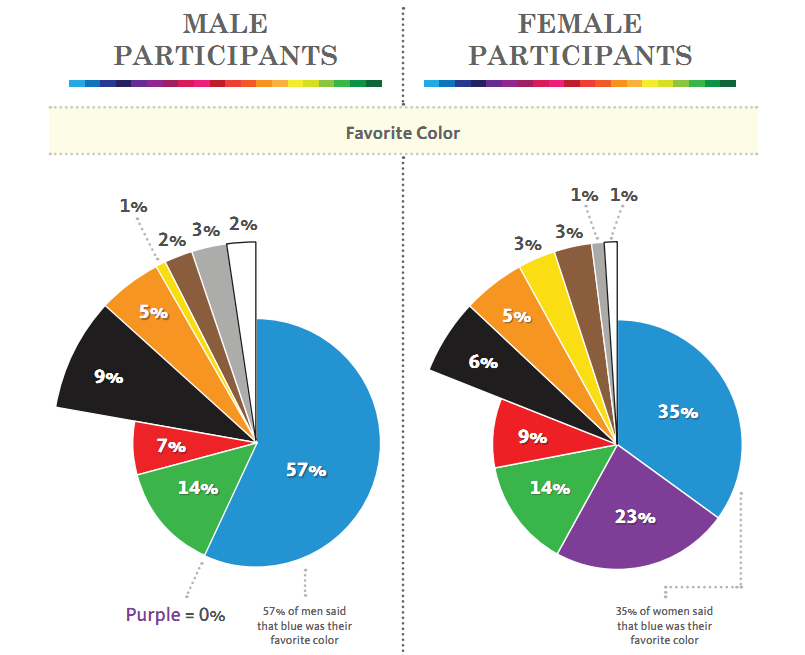
True Colors – Breakdown of Color Preferences by Gender
Can you see why blue-themed emails and websites are so common? You could send a purple-themed email to women, but the same study found that 22% of men had a negative reaction to purple. You would need to separate out men from women before choosing a color other than blue.
The situation becomes even worse when you add in cultural color preferences.
How to Segment Your List
You could add gender and favorite color check boxes on your email signup form. The problem is that nobody would fill in your form. You have to find other ways of segmenting.
If you are using a service like GetResponse you can use your email open statistics to help segment your list. You can segment your list according to who opened previous emails. This will help you to decide which email to send next to the two segments; those who did open and those who failed to open your previous email.
Segmentation feature
Geo-Location
The screenshot above shows GetResponse’s advanced segmentation feature. You can see that geo-location based on IP subscription address is standard. This means you can segment your list on subscriber location and only send emails to people for whom they are appropriate.
You probably already keep your Spanish speaking subscribers on a separate list based on the sign-up form they used. Do you keep French subscribers separate from French-speaking Canadians though? Do you separate Portuguese subscribers from Brazilian ones or Spanish subscribers from Spanish speaking Americans or Mexicans?
Do you send emails in UK English to Britons, Canadian English to Canadians and US English to Americans? Most people do not segment their lists in this way. Doing so would allow you to use local humor, subscribers preferred spelling/sentence structure and to refer to local events, local celebrities and politics. It would also let you use colors that are more appropriate to subscribers’ different cultures.
Gender
There is no way to automatically extract gender information, but if your signup form asks for a name you can usually work out whether a subscriber is male or female. You could outsource this task or ask an employee to handle it.
Age
If you can segment your list by age then you can modify language and color-theme to better suit your readers. You do need to be wary of assuming too many stereotypes with age-segmentation.
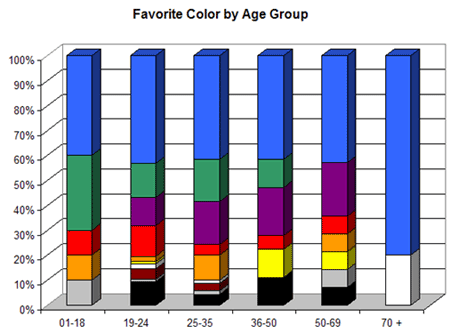
The chart above shows how color preference changes with age. Language changes with age too, though I am not suggesting using txt spk for younger groups. The cultural references you use in your emails need to vary with the age of the group you are targeting, eg references to the musical, Hair will fall flat with anyone under the age of 30.
Assigning individuals on your list to particular age segments needs to be done very carefully. You may be able to glean this information from public social media profiles and personal communications you have with your subscribers. It will take a lot of effort and you will need to be very careful how you use and store this information.
Segmentation is Definitely Worthwhile
Even basic segmentation of your list will mean that your emails are more targeted. If your subscribers learn that you only send emails that are going to be useful to them then they are more likely to open them.
What’s Your Take?
How do you segment your list? Have you seen any increase in response rate? Please share your thinking in the comments box below.
Community manager at Visual Contenting. Jacqueline loves to talk about social media trends, new technology and how they help businesses accelerate their marketing efforts.
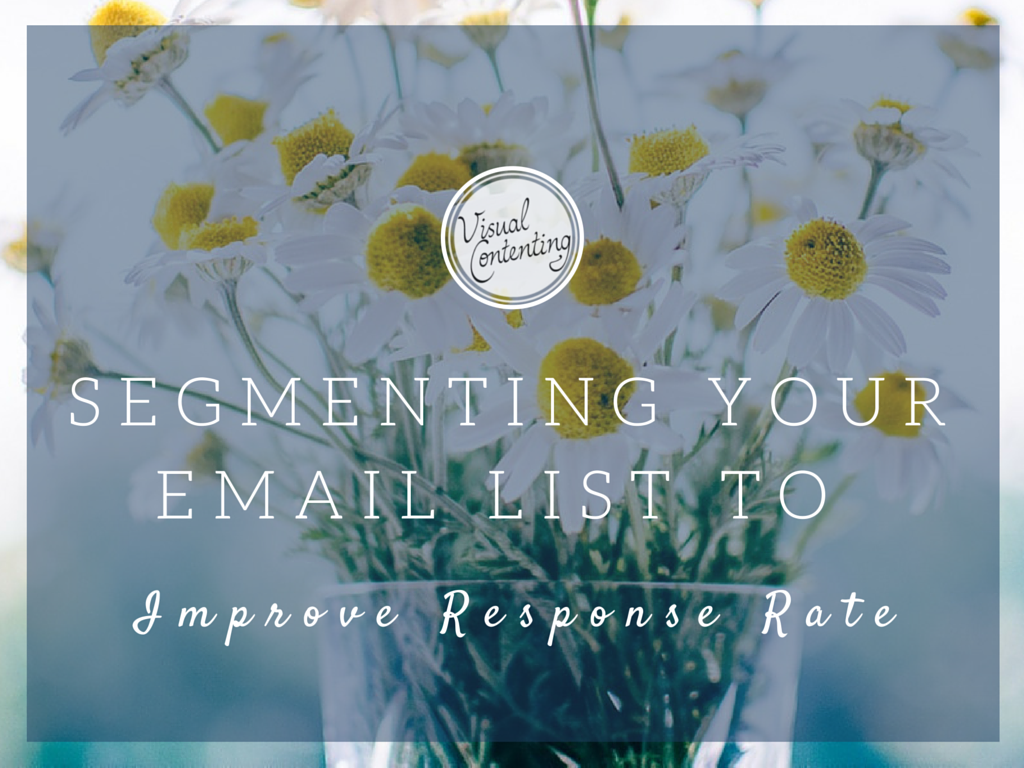
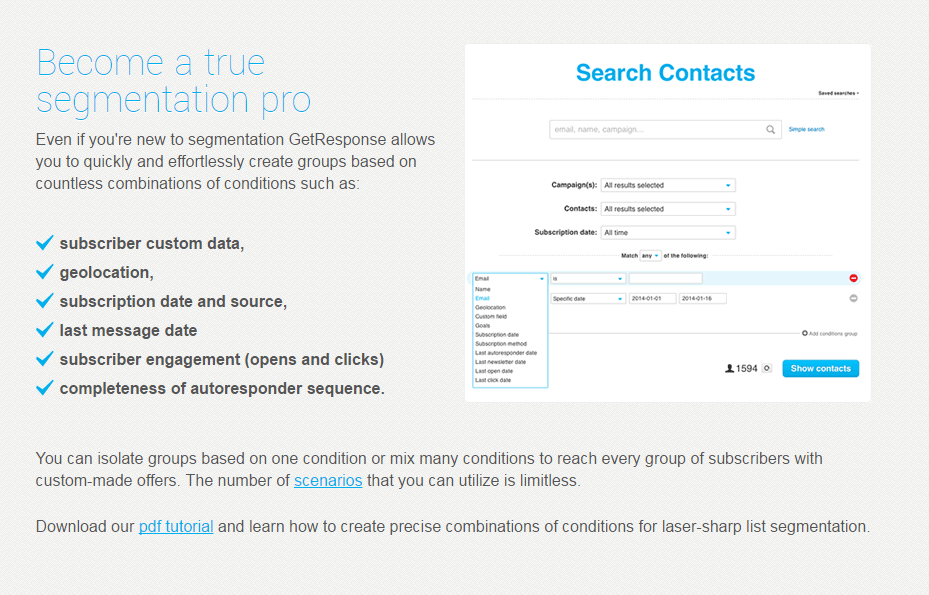


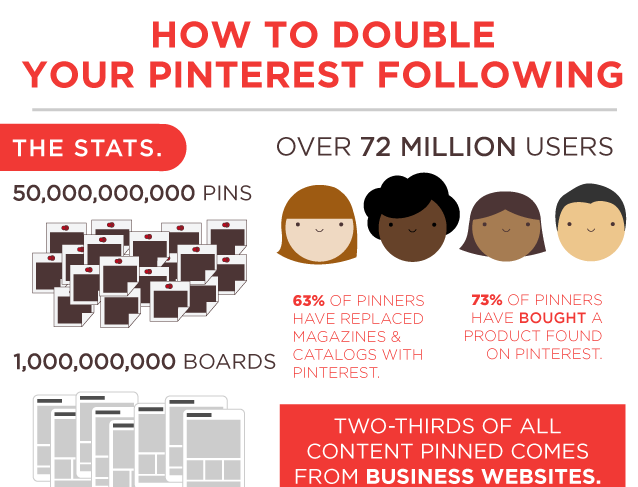
[…] Segmenting Your Email List to Improve Response Rate […]